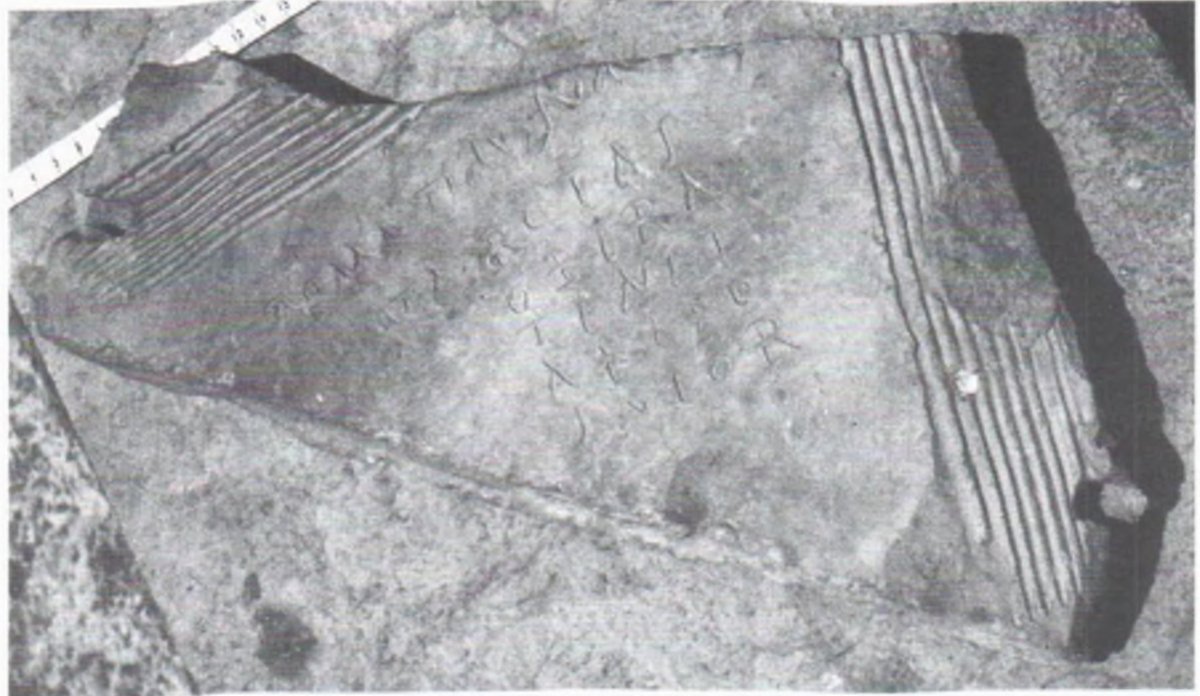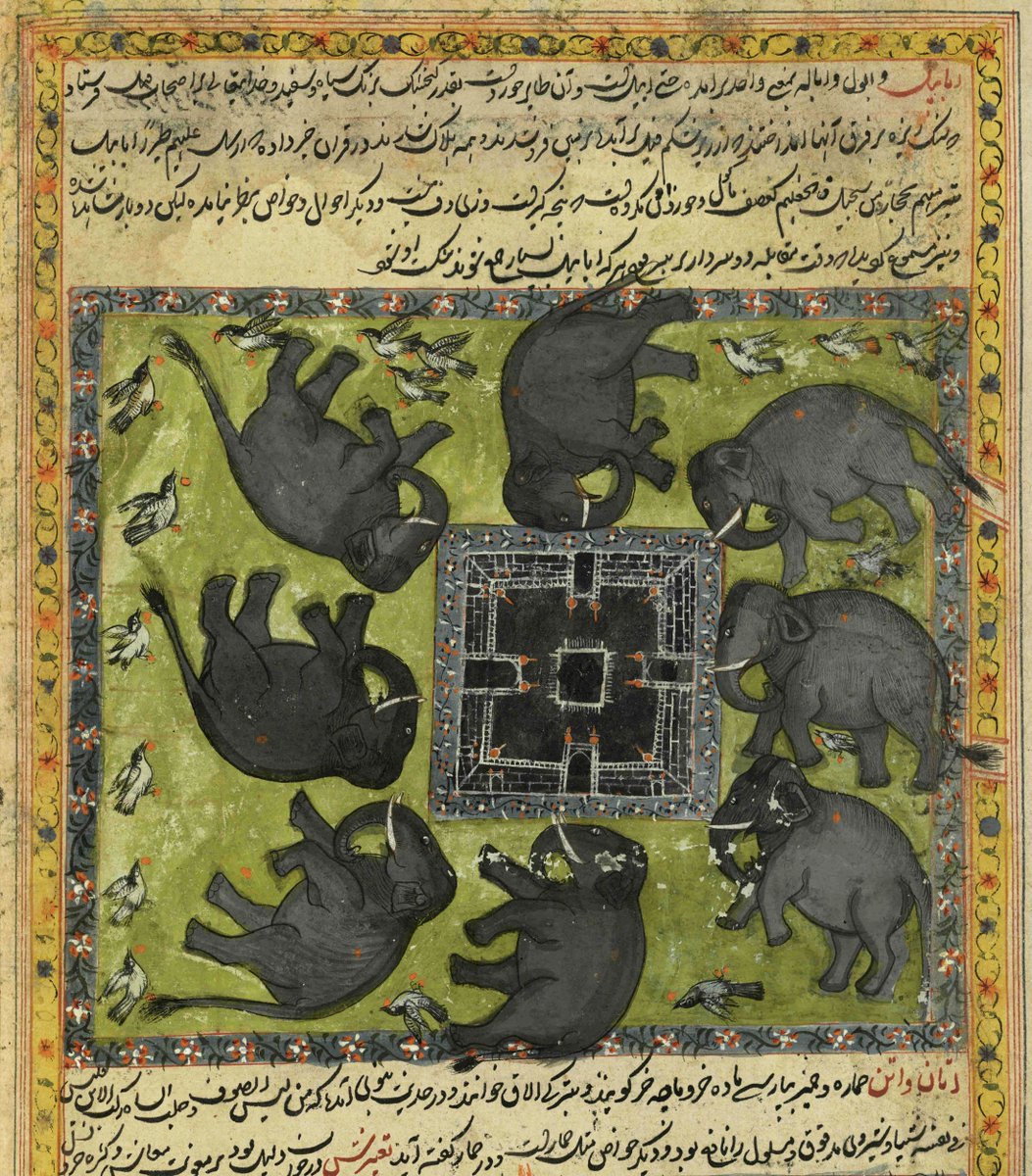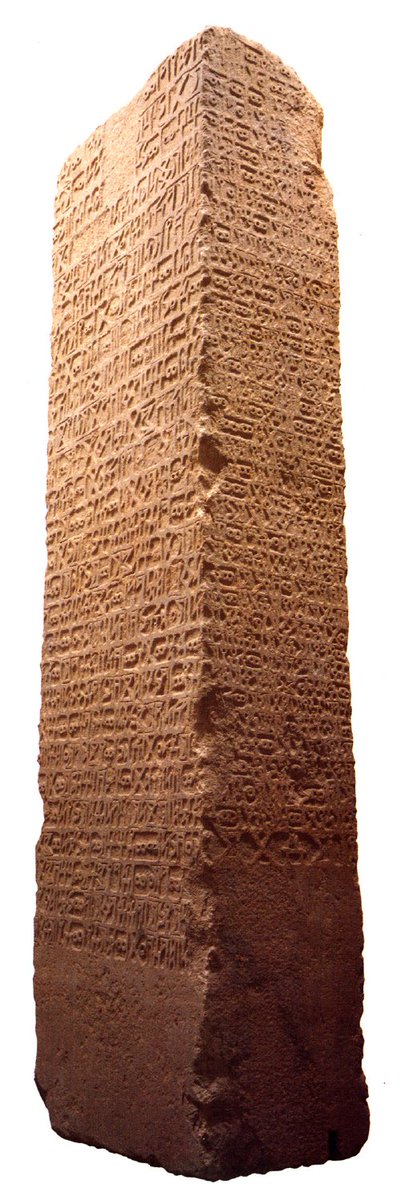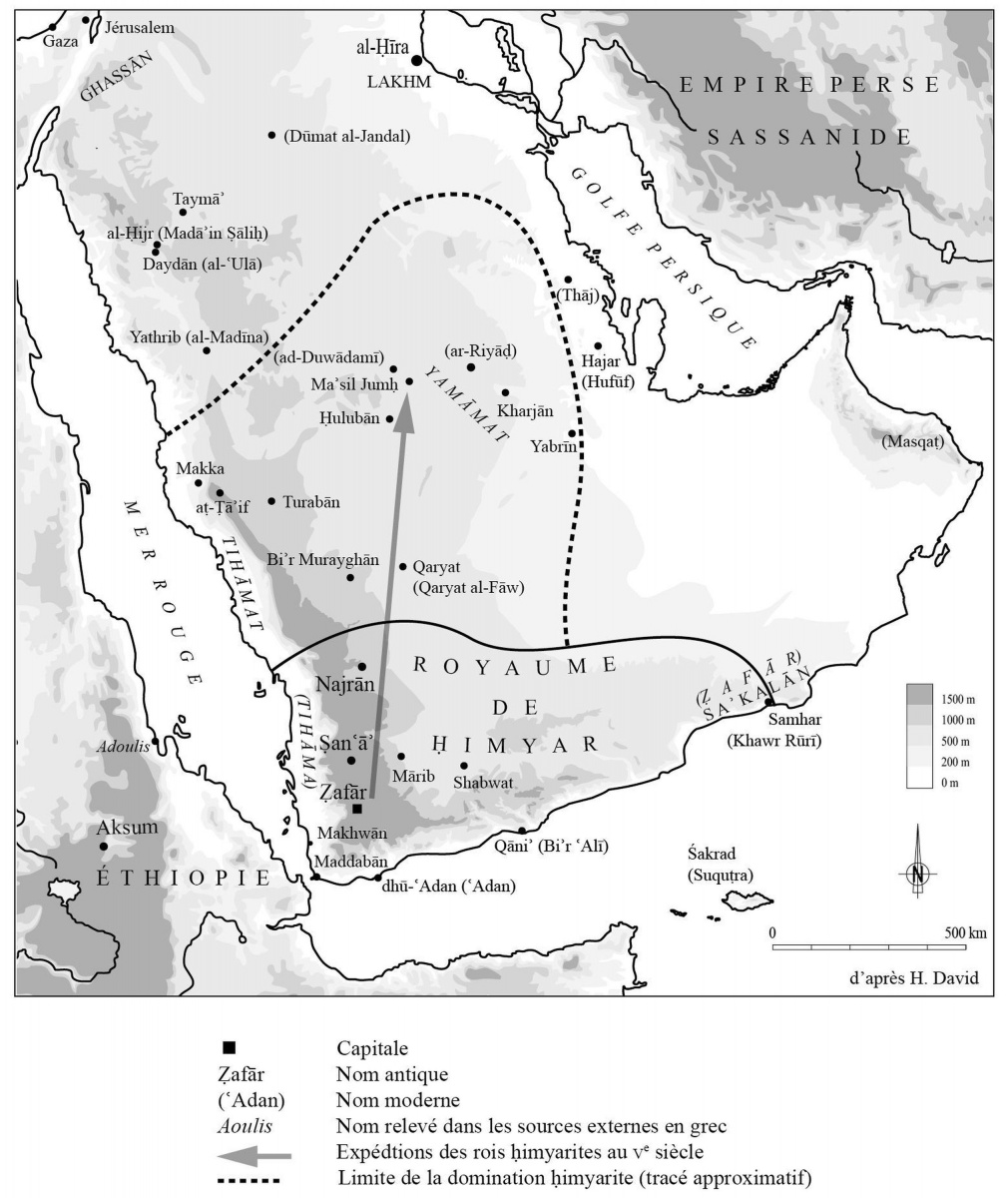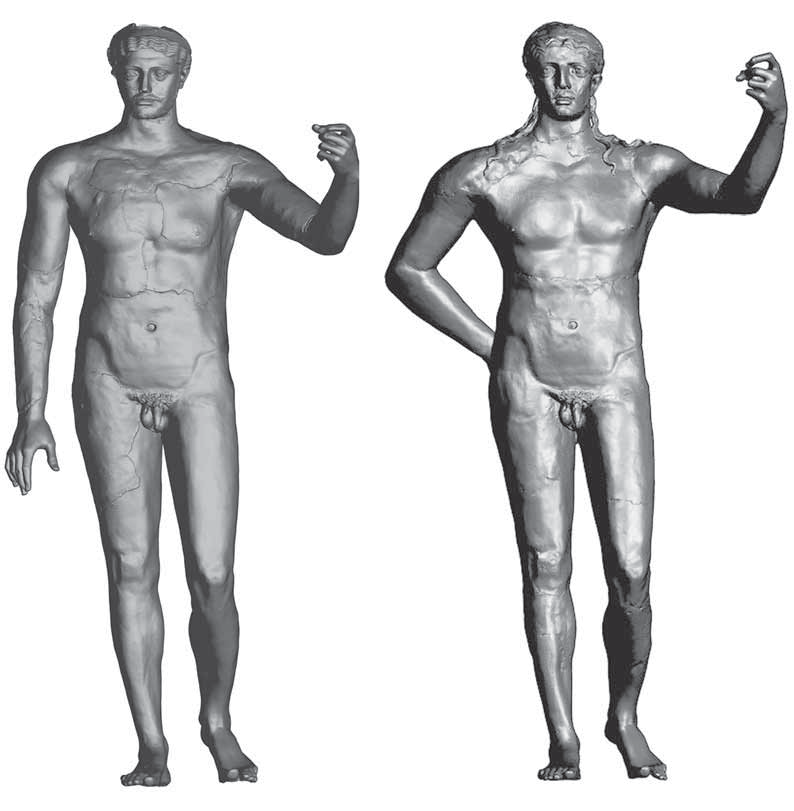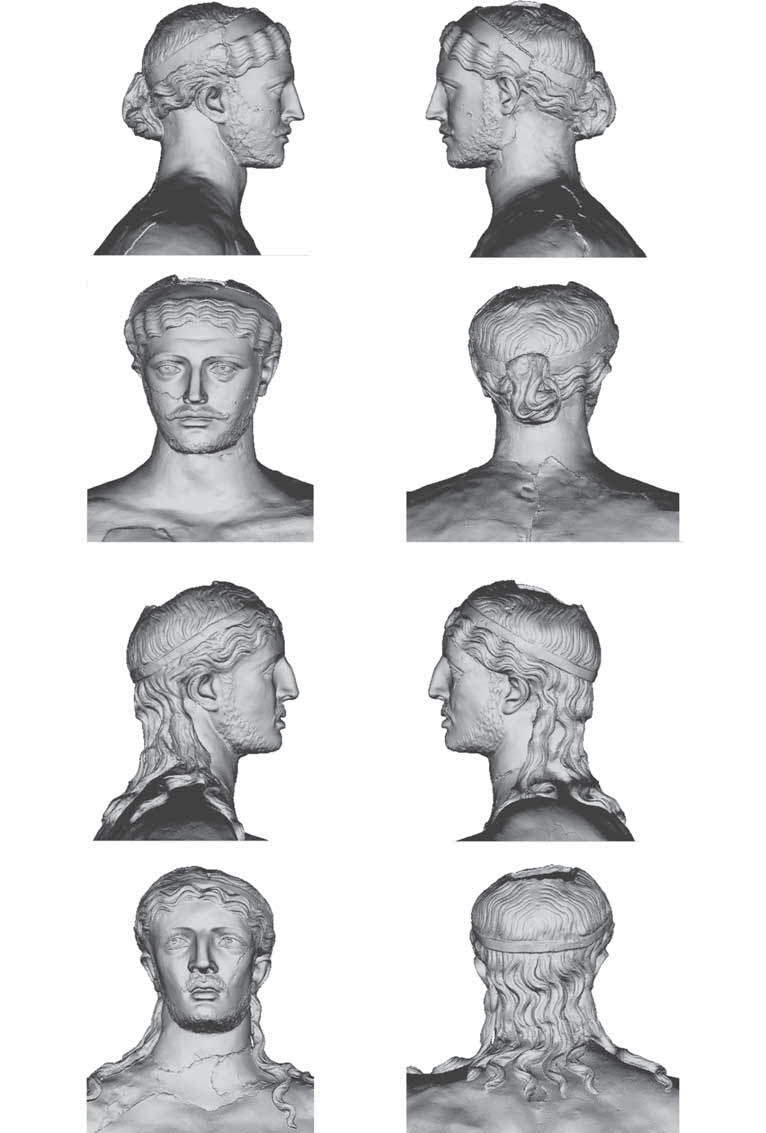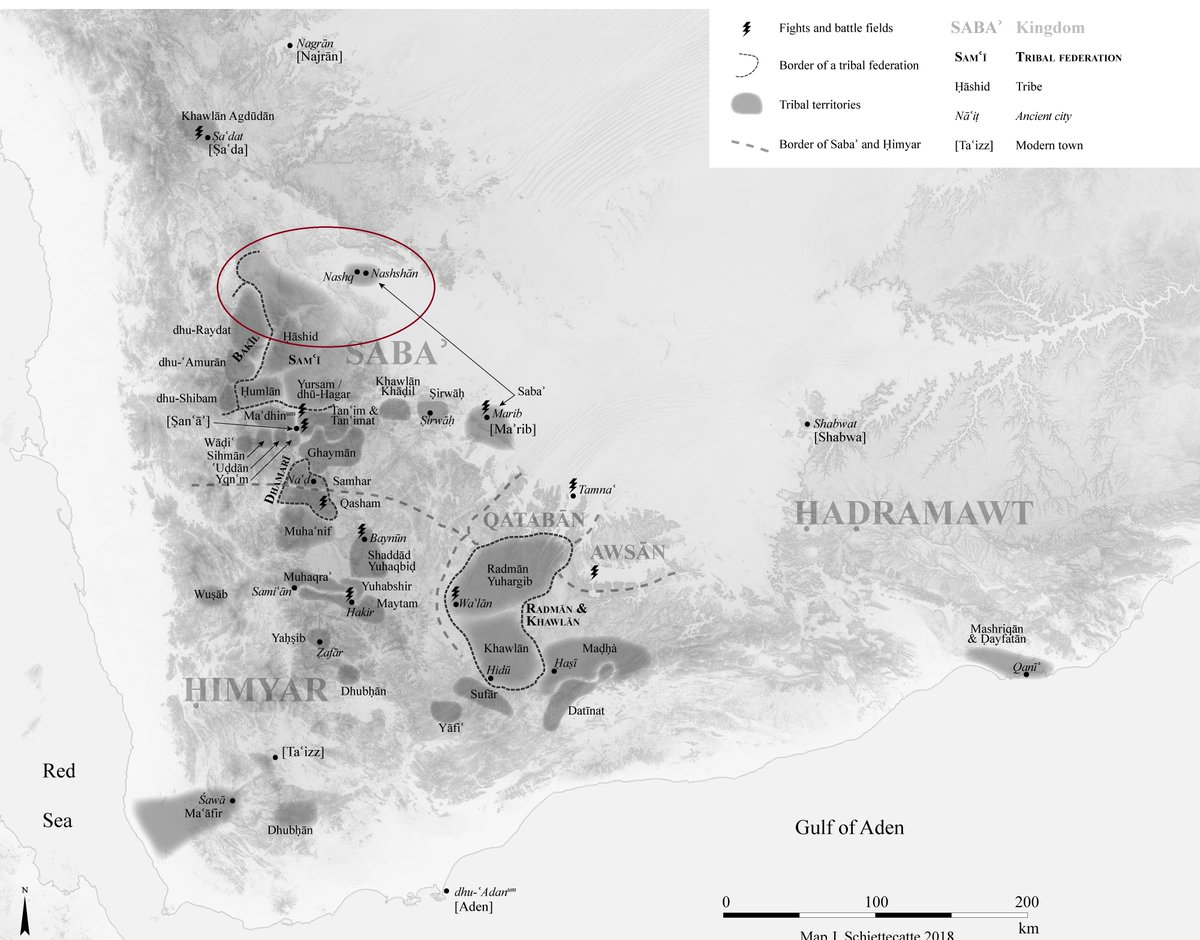
Here is a thread recapping #palindrome history week for #TweetHistorians, courtesy of Mark Saltveit who reverts to @taoish now.
Monday, we started with a thread on the ancient sacred origins of palindromes as spells, curses and words of the gods.
Monday, we started with a thread on the ancient sacred origins of palindromes as spells, curses and words of the gods.
https://twitter.com/Tweetistorian/status/15419579569416314901/7 -ms
Tuesday: Sotades the Obscene, inventor of palindromes, the Priapeia, sotadean metre and so much more. Also: the kinaidoi (effeminate dancers of Alexandria), Arsinoe the sex-positive proto-feminist queen, incestual royal marriage and sick burns. 2/7 -ms
https://twitter.com/Tweetistorian/status/1541957956941631490
Wednesday: later antique Greek palindromes from the oldest letter-by-letter verse (a school exercise in Tebtunis Egypt) through the Greek Anthology, Leo the Wise, Western Euopean baptismal fonts and Theodoros Prodromos. 3/7 -ms
https://twitter.com/Tweetistorian/status/1542263544946753538
Thursday: multi-directional writing in non-European languages, a topic that is grievously unpublicized. Egyptian, Hebrew, Syriac, Arabic, Indian (Sanskrit and Telugu), Persian, Japanese and Chinese. Know any Samaritan? Armenian? Mayan? hmu @taoish
4/7 -ms
4/7 -ms
https://twitter.com/Tweetistorian/status/1542623764348866560
Friday: the legendary SATOR / ROTAS square in all its complexity. The Hollywood celebrity of palindromes with its drastically undervalued Coptic and Egyptian history, the rare manuscripts and well-known church inscriptions, magical uses and so on. 5/7 -ms
https://twitter.com/Tweetistorian/status/1543207584634736640
Saturday: Latin verse palindromes (aka "versus recurrentes"). An underground scribal tradition that lasted for 14 centuries, always referencing "Roma tibi subito motibus ibit amor". Focus on Carolingian Irish monks & a palaeographical puzzle. 6/7 -ms
https://twitter.com/Tweetistorian/status/1543360193425276929
Finally, Sunday, this thread of threads summing up the week. Thanks for following along!
I’m presenting a paper at #IMC2022 Thursday at 9am, Stage 2.
Also at Edinburgh Fringe Festival Aug 6-28th @ Kilderkin Pub, 7:30 nightly save Tuesdays, as part of the PBH Free Fringe.- 7/7

I’m presenting a paper at #IMC2022 Thursday at 9am, Stage 2.
Also at Edinburgh Fringe Festival Aug 6-28th @ Kilderkin Pub, 7:30 nightly save Tuesdays, as part of the PBH Free Fringe.- 7/7


• • •
Missing some Tweet in this thread? You can try to
force a refresh




